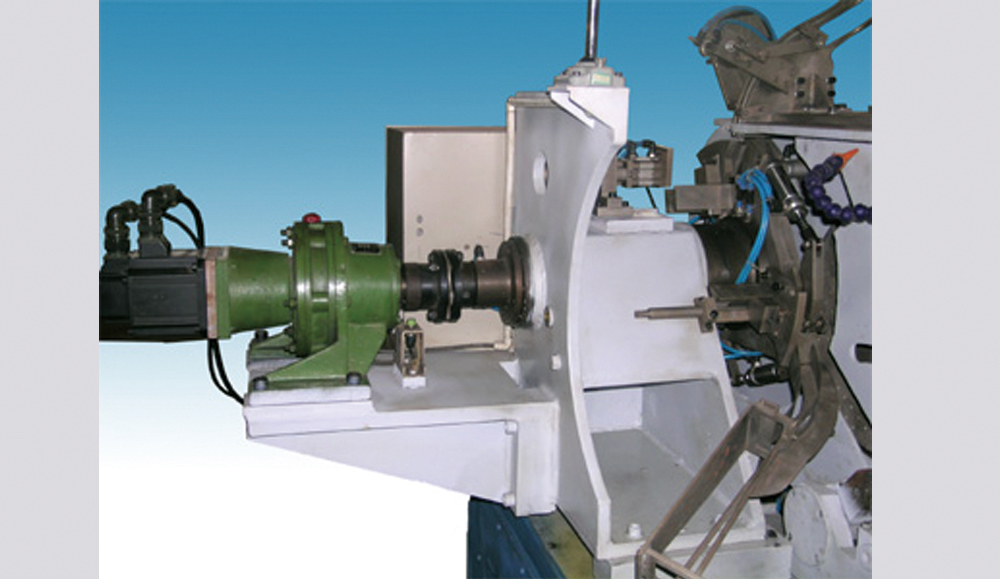Total station search
Hydraulic pressSteel tube hydrostatic testing machineSteel pipe hydraulic press
Pressure vessels are generally welded structures composed of plates and shells. Among the pressure components, the cylindrical shell, spherical tank (or spherical head), oval head, dish head, spherical crown head, conical head and expansion joint correspond to the cylindrical shell. , Spherical shell, ellipsoidal shell, spherical crown + ring shell, spherical crown, cone shell and annular plate + ring shell.
The flat cover (or flat head), ring plate, flange, tube plate and other pressure components are separated corresponding to the circular flat plate, ring plate (plate thickness greater than 10 times the difference between the outer radius and the inner radius), ring (outer radius The difference between the inner radius and the inner radius is less than 10 times the thickness of the plate) and the elastic base plate.
The above 7 kinds of shells and 4 kinds of plates can be combined into various pressure vessel structure methods, plus sealing elements, supports, safety accessories, etc., to form a complete pressure vessel. Figure 1-1 is the overall structural diagram of a horizontal pressure vessel. The basic composition of the pressure vessel is briefly described below in conjunction with this figure.

The effect of the cylinder is to supply the pressure-bearing space required by the process, and it is one of the primary pressure components of the pressure vessel. Its inner diameter and volume often need to be confirmed by process accounting. Cylindrical cylinders (ie, cylinders) and spherical cylinders are common cylinder structures used in engineering.
When the diameter of the cylinder is small (generally less than 1000mm), the cylinder can be made of seamless steel tubes, and there is no longitudinal weld on the cylinder; at this time, the diameter of the cylinder can be rolled into a cylinder on a rolling machine or steel plate on a hydraulic press. It is pressed into two semi-cylinders, and the two are welded together with a weld to form a complete cylinder. Because the direction of the weld is parallel to the longitudinal (ie, axial) direction of the cylinder, it is called a longitudinal weld, which is referred to as a longitudinal weld.
If the diameter of the container is not very large, generally only one longitudinal weld is required; as the diameter of the container increases, there may be two or more longitudinal welds due to the constraints of the size of the steel plate. In addition, a short-length container can be directly connected to the head at the two ends of a cylinder to form a closed pressure space, and a pressure vessel shell is also made.
However, when the container is long, due to the constraints of the size of the steel plate, it is necessary to weld the steel plate into several sections (a section of the tube is called a tube section), and then weld two or more sections Into the required length. The joint welding seam between the cylinder section and the cylinder section, and between the cylinder body and the end head, is called the circumferential welding seam because of its direction perpendicular to the axial direction of the cylinder body.